Two Poems from Diorama 1871

I began to suspect the town wasn’t full of settler women at all
Issue #43: Architecture and Politics at Mid-Century

Essays on race and labor, then and now, by Adolph Reed, Thomas J. Mann and Oliver Cox as well as a series of ongoing studies of Modern Architecture in California by Alex Ross, Christopher Long and Pierluigi Serraino.
Incidence of Labor Relations (1962)
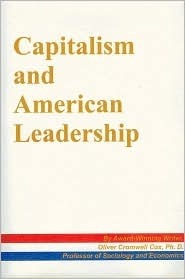
The dominant economic class has always been at the motivating center of the spread of racial antagonism. This is to be expected since the economic content of the antagonism, especially at its proliferating source in the South, has been precisely that of labor-capital relations. The biological difference of color provides a concrete symbol upon which attitudes of fear and hate might be anchored. The dominant class, furthermore, has been explicit in its terms of living together in “peace” and harmony with Blacks. Its pivotal condition has been that the latter be content to work hard, willingly, and unorganized. “Love” tends to vanish as soon as Blacks begin to show signs of unionization, of movements for normal political status, and of desires to bring themselves up to cultural parity.
Jan Lubicz-Nycz: The Tale of an Underrecognized Shooting Star of California Modernism
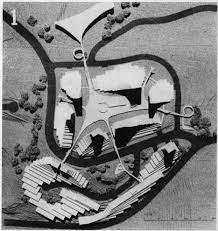
Architectural history is replete with visionaries, those creatives with the singular capacity to conceive and represent visually the default tension of the discipline to constantly reformulate its own norms. Their function is as structural for the evolution of the field as it is statistically bound to yield minimal built results. The extraordinarily rapid ascent of Polish-born American-based Jan Lubicz-Nycz (1925–2011) and his equally precipitous descent into oblivion falls squarely into this singular dynamic.
Asian Influences and the Rise of Southern California Modernism

The question I want to pose in this essay involves the specific role that this amalgam of Asian influences and modernist ideas had in forming the distinctive language of progressive California design. A definitive answer or even a topographic list is not possible here; that would require a far more extensive study—a book, really. Instead, I want to suggest a few corridors of seeing and understanding in the form of three short case studies.
On the Origin of R. M. Schindler’s Architectural Program
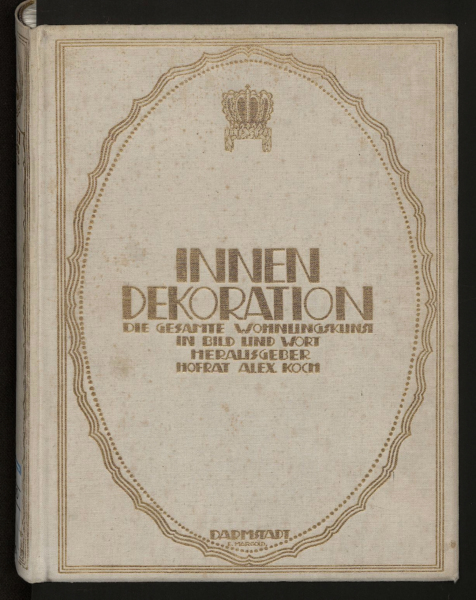
To an astonishing degree, Schindler remained loyal to the principles he had set forth in the Program of his early years. To walk through the most remarkable instances of Space Architecture—the Kings Road house, the Lovell Beach House, the cluster of houses above Silver Lake Reservoir, and the Kallis House, to name a few—is to feel the aptness of Alexander Koch’s summary of the then unknown architect’s ideas: “The concept of comfort is interpreted anew: it consists above all in the possibility of being able to freely control space, light, air and temperature within the enclosed area.”
Oliver C. Cox, Gunnar Myrdal, and the Political Limits of Race Relations
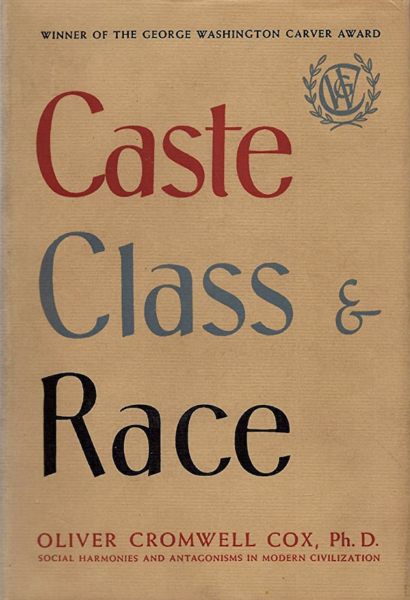
From Cox’s perspective, Myrdal falls tragically short at the most crucial moments. Myrdal holds fast to abstractions and to a reformist program where he needed to identify material causes and the overarching requirement of a ruling political class to exploit the labor of the great majority of its population. In a sad but predictable irony, he gave the exploiting class pride of place as the best ally of the dominated caste.
Issue #42: Hugh Kenner’s The Pound Era at 50
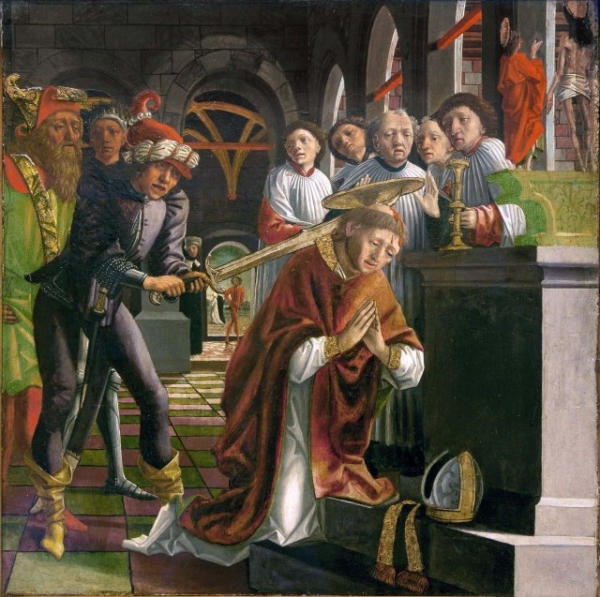
In this issue scholars address the underexamined writings of literary critic Hugh Kenner.
Hugh Kenner’s The Pound Era: FAQ
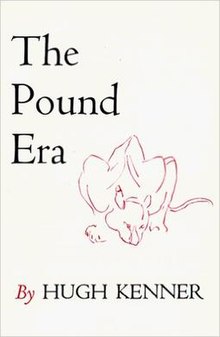
What is The Pound Era about? “How our epoch was extricated from the fin de siècle.” A circle of writers and artists with Ezra Pound at its center: James Joyce, Wyndham Lewis, William Carlos Williams, T.S. Eliot. “They were born within a six-year span,” Kenner observes. How poems are made and how they work. How scholarship leads to new ways of seeing: Ernest Fenollosa’s ideogram, C.H. Douglas’s A+B theorem, Heinrich Schliemann’s excavations: “For Joyce’s was the archaeologist’s Homer.” The impact of World War I. The potential of vorticism, the tragedy of vorticism. Defending Pound.
Experience, Criteria, Action, Art

While much has since been written about the relation of mental happenings to outward criteria, that work tends to follow the problem into various kinds of skepticism. Here I want to look at Murdoch’s differently attuned understanding of how inner experience is compatible with Ryle on the ghost and Wittgenstein on public criteria, as well as her occasional interlocutor Elizabeth Anscombe’s account of the relation of intention and action and, in a last section, Hugh Kenner’s elaboration of what T.S. Eliot called the “objective correlative”. In such examples the outer (observable) structure of concepts doesn’t so much block or occlude access to the inner, as invite us to consider what it would mean to think that experience, intention, emotion—to use the words of Murdoch, Anscombe, and Eliot respectively—have an outside structure.
